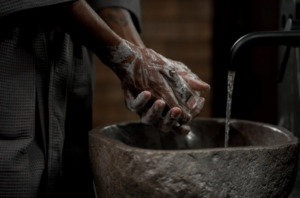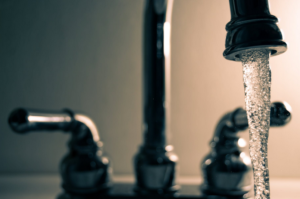The internet is filled with articles about purifying water, but many of them are outdated and don’t give you the most up-to-date information. To help with this problem, we have compiled a list of 3 different ways to filter your water at home. These methods include boiling, filtration systems, UV light, DIY portable sediment filters, and chemical treatments.
Filtration Systems
 Filtration systems are probably the most common way to purify water at home. There’s a wide range of filters that you can buy. Still, they all work in basically the same way: bypassing your water through layers of different materials like activated charcoal and sand that trap bacteria and other impurities. Filters also usually include disinfectants, like iodine or chlorine, to kill any remaining bacteria. It would help if you considered a few things when choosing a filtration system.
Filtration systems are probably the most common way to purify water at home. There’s a wide range of filters that you can buy. Still, they all work in basically the same way: bypassing your water through layers of different materials like activated charcoal and sand that trap bacteria and other impurities. Filters also usually include disinfectants, like iodine or chlorine, to kill any remaining bacteria. It would help if you considered a few things when choosing a filtration system.
The first is the size of your household: you’ll want a filter that can handle the amount of water your family uses each day. The next thing to think about is the type of water you’re dealing with. If your water is heavily polluted, you’ll need a more sophisticated filter system than if it’s just mildly contaminated. Finally, filters can be expensive, so make sure to research and find the one that fits your needs and budget.
Distillation
Distillation is a simple way to purify water at home. It involves boiling your contaminated water source and then collecting the condensation that forms when it becomes cool again. This process works because contaminants in tap water are more likely to turn into gases than pure H20; this means they will vaporize before the steam comes out of the pot, leaving you with clean water. Distillation is a good option if your water is heavily polluted or if you’re dealing with chemical contamination. It’s also very affordable and easy to set up, making it an excellent choice for new people to water purification.
Chlorination
 Chlorination is a chemical treatment that uses chlorine to kill bacteria in water. It’s one of the oldest and most common methods of purifying water, and it’s very effective at killing microorganisms. Municipal water systems and private households use chlorination, and it’s one of the cheapest ways to treat water. The main drawback to chlorination is that you need to add chlorine or bleach regularly, and it can’t kill some types of organisms. For this reason, there are other methods in addition to chlorination: UV light and filtration systems work better for heavy contamination. In contrast, distillation works best if your water contains chemicals like pesticides.
Chlorination is a chemical treatment that uses chlorine to kill bacteria in water. It’s one of the oldest and most common methods of purifying water, and it’s very effective at killing microorganisms. Municipal water systems and private households use chlorination, and it’s one of the cheapest ways to treat water. The main drawback to chlorination is that you need to add chlorine or bleach regularly, and it can’t kill some types of organisms. For this reason, there are other methods in addition to chlorination: UV light and filtration systems work better for heavy contamination. In contrast, distillation works best if your water contains chemicals like pesticides.
We’ve talked about the importance of drinking water and how it can improve your health. But did you know that nearly 80% of bottled water contains trace amounts of arsenic? That’s why we want to share with you four methods for purifying your own clean, healthy drinking water at home. You might even find a few surprising benefits like saving money or getting rid of excess minerals in your system! So next time you need to drink some H2O, think about what kind of experience will be best suited for you before reaching for the tap or the store-bought bottle. Give these four methods a try and let us know which one is most effective for your lifestyle by commenting below.
